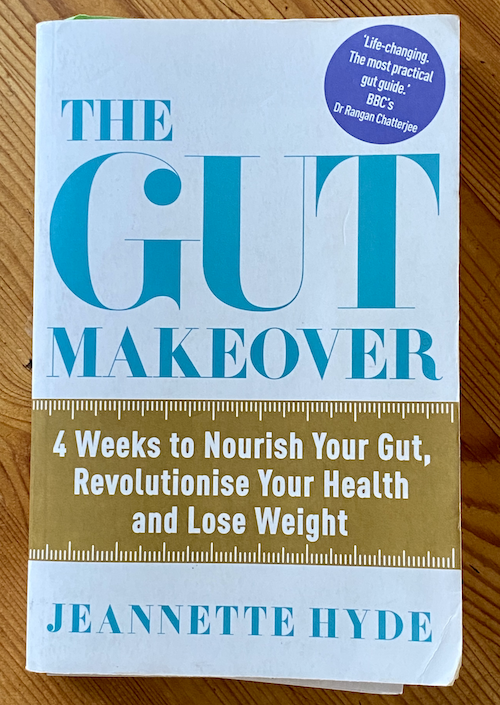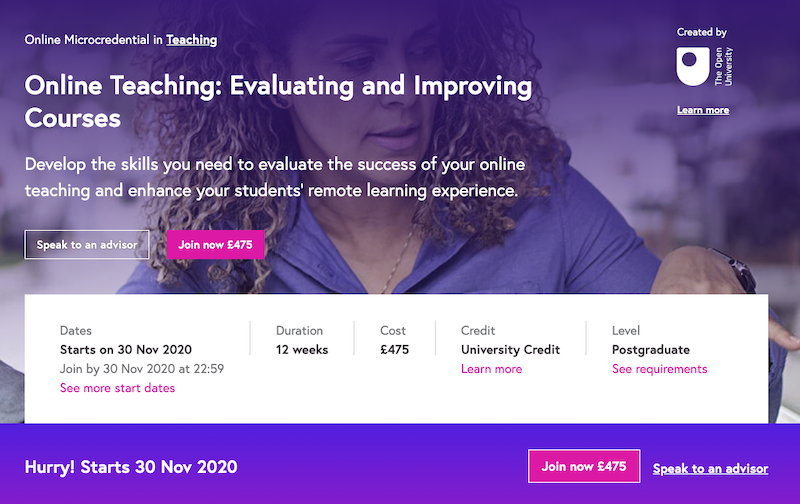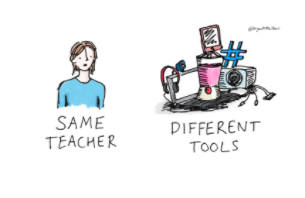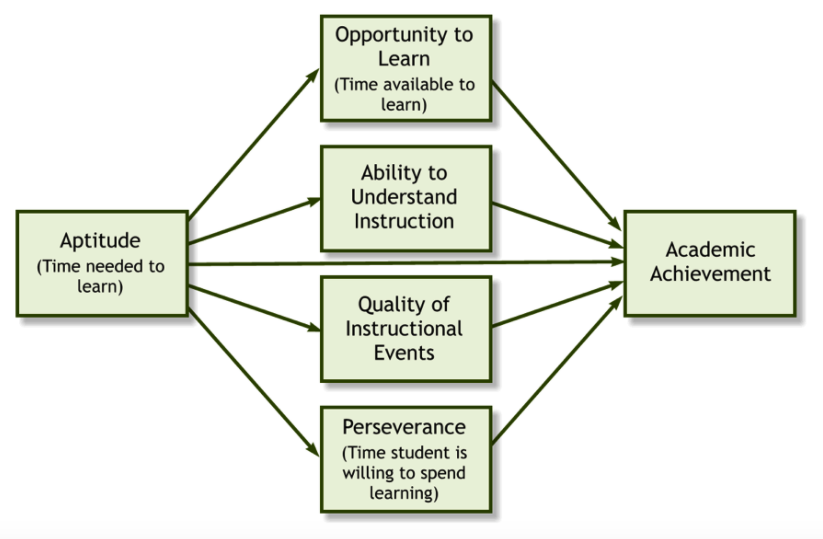 I could do with a dose of this each term. We could do with this kind of engagement across the college. There were 576 for these keynotes. There were between 6 and 50 in the breakout workshops I attended. I did maybe seven in two days? I tried to take notes and screenshots as I went along, will go back to recordings for some, and share draft notes ASAP before life slides me off to something else and more pressing. Like another conference on Tuesday.
I could do with a dose of this each term. We could do with this kind of engagement across the college. There were 576 for these keynotes. There were between 6 and 50 in the breakout workshops I attended. I did maybe seven in two days? I tried to take notes and screenshots as I went along, will go back to recordings for some, and share draft notes ASAP before life slides me off to something else and more pressing. Like another conference on Tuesday.
Some EdTech Summit notes:
Online learning is becoming more sophisticated. Sir Andrew Carter, CEO South Farnham Educational Trust
There will be NO going back to the way things were done before the Pandemic. Working online has shown its value and is here to stay. There has been a widening of the disadvantage gap/loss in education. Far greater collaboration between colleges coming up. Debbie Clinton. CEO Academy Transformation Trust
TEL [Learning Tech] is fundamental to identifying where learning isn’t working and can be improved. Widening of the disadvantage gap/loss in education. The Rt.Hon David Laws. Education Policy Institute EPI
The disadvantage gap is a difficult one to bridge. Students don't only need a device (something better than a pone), but they need the broadband at home and a place they can study without disruption - not easy in a shared bedroom, on the sofa in front of the TV or on the kitchen table. We need student internet cafés.

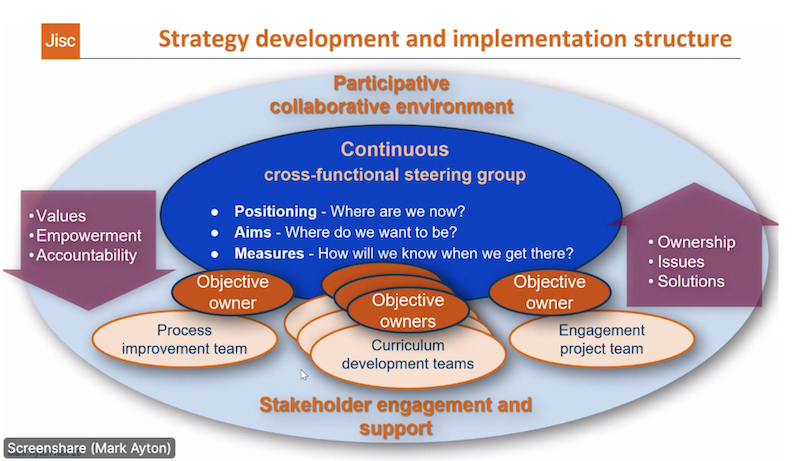


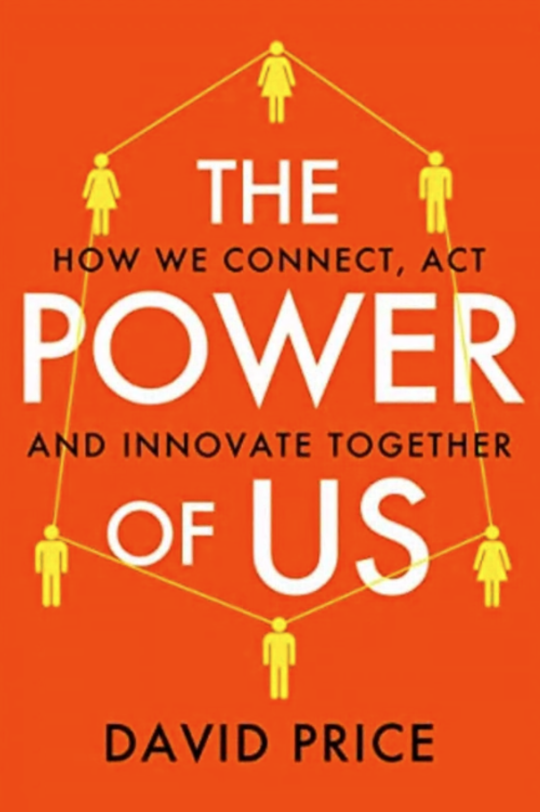


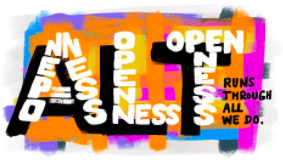
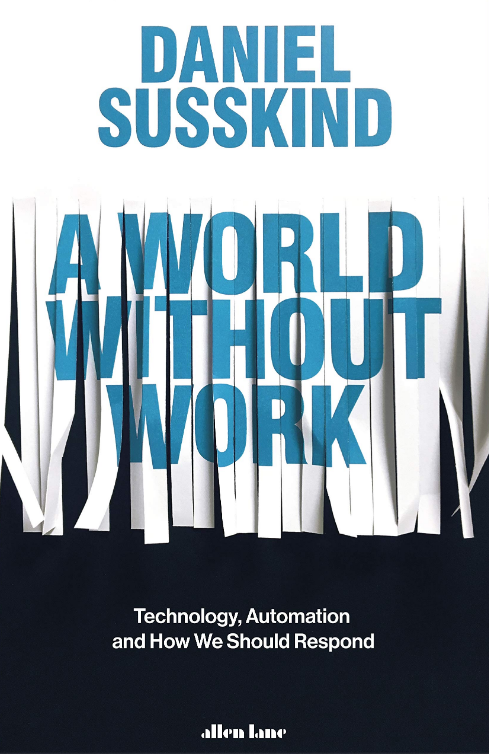
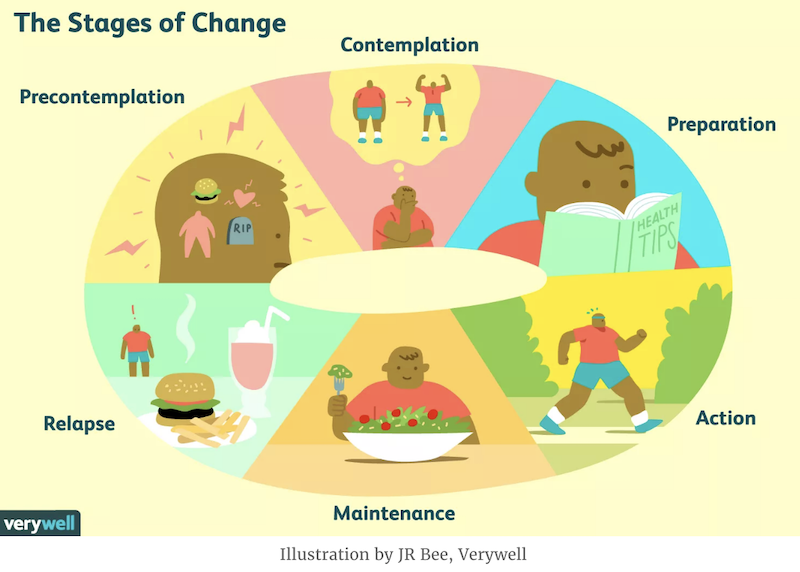
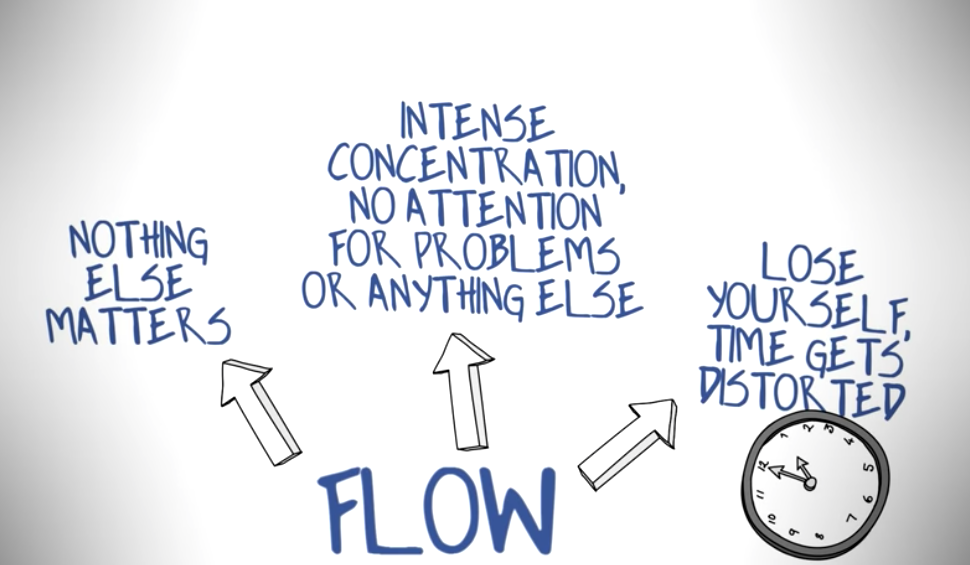 Everyone needs to know how to 'get into the flow'.
Everyone needs to know how to 'get into the flow'. 
